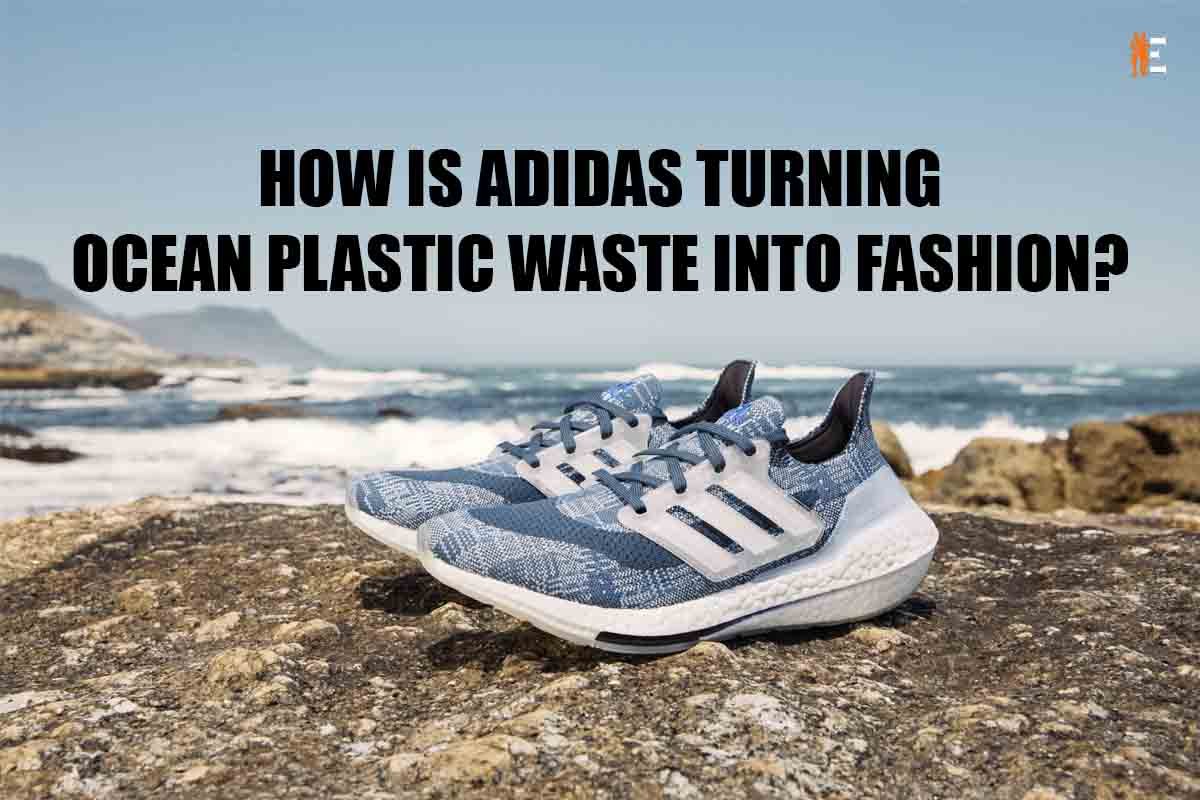Chemical recycling can not be trusted fully if processed without proper guidance. There are positive as well negative impacts of it and hence it is important that you should be aware of it properly. It helps to reduce the leakage of plastics into the environment and treat the littering of oceans. Other than reducing plastic outbursts into the environment, chemical recycling can be applied in day-to-day life in distinct fields. This article will introduce you to various places where chemical recycling will be helpful for you.
Here are 6 methods that incorporate chemical recycling for various purposes:
1. Purification

In solvent based purification chemical recycling used, the plastic is dissolved in an appropriate solvent (or solvents), and then put through a series of purification procedures to remove impurities. Crystallization may occur selectively after the polymer(s) have been dissolved in the solvent(s). For selective dissolving, a solvent must be able to dissolve either the polymer of primary interest or all polymers except the target polymer. Having access to a specific solvent is vital. The precipitated polymer is what you get at the end of the process, and ideally it doesn’t change at all so you can use it to make more plastic.
2. Depolymerisation
Depolymerization chemical recycling used, also known as chemolysis, is the antithesis of polymerization and results in either monomer molecules or oligomers, which are smaller polymer pieces. Depolymerized plastics are of the same high quality as those made from virgin monomers since the monomers employed in their production are equal. One major drawback of chemical depolymerization is that it can only be used on “condensation” polymers like PET and polyamides. Most “addition” polymers (e.g., PP, PE, PVC) cannot be broken down by this method, and thus account for the vast bulk of plastic trash.
3. Feedstock Recycling
A thermal process chemical recycling used that breaks down polymers into simpler molecules that may then be used as feedstock in petrochemical processing is an example of feedstock recycling. Pyrolysis and gasification are the two primary reactions. If you recycle your feedstock, you’ll end up with simple chemicals (such hydrocarbons or syngas) that will require further processing to make a polymer. This provides reusability options in the petrochemical sector.

4. Pyrolysis
Through a process of heating without oxygen, or “cracking,” polymers are transformed into a variety of basic hydrocarbons in the pyrolysis process (sometimes referred to as thermal cracking). Hydrocarbon vapor may be distilled into a variety of materials, from thick wax and oils to thin ones and even gas. The production may be skewed from heavy to light by changing the processing time and temperature. It is possible to recycle the process’s heavier output products by reintroducing them for further cracking into lighter products.
By using the same oil refining techniques to pyrolysis products, we may get the monomers and other components necessary to make polymers. It is also possible to utilize them straight up as fuel.
Since polyethylene and polypropylene cannot be depolymerised directly into monomers, using pyrolysis to create feedstock for polyethylene and polypropylene manufacture might address a significant processing gap. In addition, the manufactured plastics would be of virgin-quality polymers and would have the same uses (e.g., food packaging).
Through catalytic degradation, in which a suitable catalyst is utilized to improve the cracking process, pyrolysis output may be increased. As long as a catalyst is present, reaction conditions may be optimized to reduce both temperature and time. The technique produces more light hydrocarbons and has a tighter dispersion of carbon atom number in the final product. As a result, a higher percentage of the final product may be recycled into new polymers.
5. Gasification
By heating a mixture of waste materials to extremely high temperatures (1000–1500 °C) in the absence of much oxygen, a gas called syngas is created (a mix of hydrogen, carbon monoxide and some carbon dioxide). Chemicals (such as methanol, ammonia, hydrocarbons, and acetic acid) for the manufacture of polymers, as well as fuel and fertilizer, may be derived from the syngas.
The gasification process is often performed in bigger process units that aim to take advantage of economies of scale. When it comes to pyrolysis, the mixed waste input stream is often accepted, which relieves strain on the trash collecting and sorting system. Pretreatment is usually necessary before gasification to get rid of moisture and boost calorific value. To use the syngas in chemical manufacturing, one must have a very effective gas cleaning system that operates at the high process temperature.
6. Hydrothermal Treatment (HTT)
When water molecules reach a critical concentration, they initiate a reaction known as hydrolysis[4]. In order to maintain water in its liquid form during the HTT process, the temperature and pressure are typically maintained at between 160 and 240 °C. Near-critical water is an effective medium for dissolving organic molecules due to its high temperature and pressure. The processes of hydrolysis, dehydration, decarboxylation, and depolymerization are crucial to the functioning of HTT.
Waste carbon fiber reinforced plastics (CFRP) and printed circuit boards (PCB) have been recycled via hydrothermal processing in a batch reactor. The inclusion of various additives and/or co-solvents significantly affects the capacity of near-critical water to decompose the resins and polymers in the composite wastes. Hydrothermal treatment is being considered as a viable option for processing mixed waste (MW) into usable organics and inorganics.
Conclusion:
Hydrothermal Treatment (HTT), gasification, pyrolysis, feedstock recycling, etc has brought significant change in the waste reduction process. We hope you enjoyed reading our article and received useful insights on the chemical recycling process. You can perform these methods at your home as well. Never forget to take professional guidance before practicing them. Save this article for your future reference.












